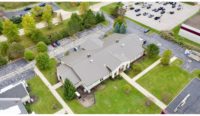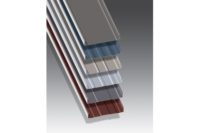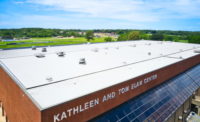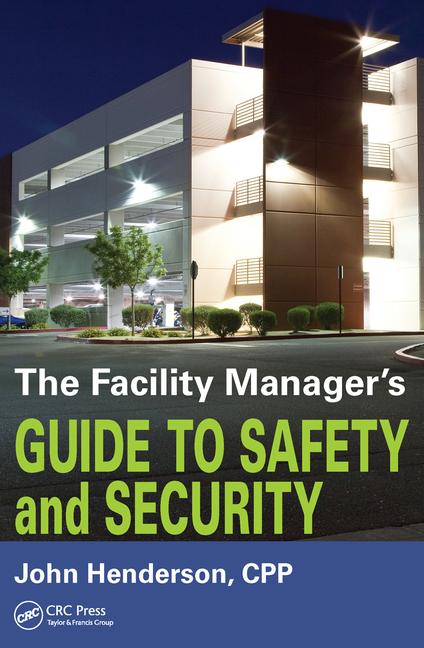McElroy Metal has introduced a quick and efficient method for installing standing seam metal roofing, directly over asphalt shingles, without a tear-off.
“Shingle tear-off is one of the biggest sources of construction debris that is responsible for clogging our landfills,” says Charlie Smith, National Recover Manager at McElroy Metal. “So the idea of leaving them in place makes a lot of sense.”
The system is designed around the new patent-pending clip paired with the company’s 138T symmetrical standing seam panel. Measuring 1-3/8 inches tall, the 138T is a two-piece mechanically seamed metal roofing system.
“We chose the 138T because we believe symmetrical panels are the best systems on the market today,” Smith says. “They have the most watertight seam design, they get unmatched wind uplift resistance and they are easy to fix if there is ever a problem. The 138T is perfect for shingle recover applications where we are working on a solid deck and the slope is 2:12 or greater. For the installer using a symmetrical panel, there is much less scrap and he has a lot more flexibility on how he installs the roof.”
There are several challenges to overcome when installing a metal roof directly over shingles with no underlayment. The main issues are clip alignment and abrasion on the underside of panels. Smith says the key to the system is the patent-pending 138T Shingle Recover Clip. One clip is long enough to sit on two shingles, aligning the clip into the plane of the roof. Clip alignment is key to a proper installation of a standing seam recover over shingles. The clips have eight holes so the installer can align the fasteners through the ends of the shingle tabs. The clip also will work on dimensional or architectural shingled roofs as well.
“Also, since we wanted to eliminate the expense of an underlayment, we needed to get the panel up above the shingles to eliminate the chance of abrasion,” Smith says. “We found that 3/4-inch is the perfect height. It holds the panel up where it does not touch, yet still allows you to walk on the roof without damaging the clips or panels.”
Combine this 3/4-inch airspace with vented eave and ridge material and you get a total uninterrupted air flow between the two roofs.
Known as “above sheathing ventilation,” or ASV, this idea uses airspace to help reduce heat transfer. Testing at Oak Ridge National Laboratories (Tennessee) demonstrated how a free flowing airspace between a metal roof and shingles can reduce heat transfer by 30 to 50 percent. Reducing heat transfer greatly reduces cooling costs, a savings for the building owner. During the winter months in colder climates, insulating airspace will also reduce the chance of ice buildup caused by heat transfer up through the roof.
McElroy Metal’s 138T system utilizes 3/4-inch deep corrugated metal under the panels at the ridge, hip and headwall locations. This supports the panel, provides free airflow and a surface to attach the closure.
“Our idea is to take the tear-off and underlayment money and roll it into the new roof system,” Smith says. “Then help the owner pay for it by long-term energy savings provided by the above sheathing ventilation. There are millions of squares of shingles on schools, municipal, military, commercial and, of course, residential buildings out there and it’s time to get after them!”
Standing Seam System to Recover Asphalt Shingles






